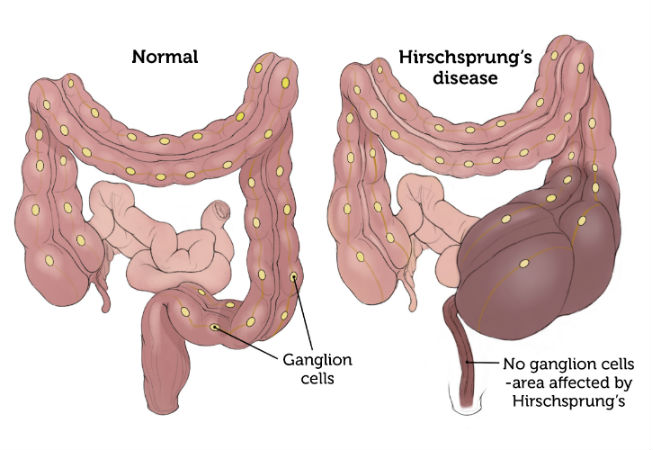Non-alcoholic fatty liver disease (NAFLD) is a term used to describe a range of liver conditions characterized by the accumulation of fat in the liver cells of individuals who consume little to no alcohol. NAFLD is becoming increasingly common and is often associated with obesity, insulin resistance, and metabolic syndrome. There are two main types of NAFLD:
1. Non-alcoholic fatty liver (NAFL): This is the milder form, where there is excess fat in the liver but no significant inflammation or liver damage.
2. Non-alcoholic steatohepatitis (NASH): This is a more severe form of NAFLD, characterized by inflammation and liver cell damage, along with fat accumulation. NASH can lead to fibrosis (scarring of the liver) and potentially progress to cirrhosis, liver failure, or liver cancer.
Diagnosis:
Diagnosing NAFLD typically involves a combination of medical history, physical examination, blood tests, imaging studies, and sometimes a liver biopsy:
1. Medical History and Physical Examination: Your doctor will ask about your medical history, including alcohol consumption, and perform a physical examination to check for signs of liver disease.
2. Blood Tests: Blood tests can assess liver function and detect elevated liver enzymes, as well as measure other markers of liver health, such as ALT (alanine aminotransferase) and AST (aspartate aminotransferase). Elevated levels of these enzymes can indicate liver inflammation or damage.
3. Imaging: Imaging tests like ultrasound, computed tomography (CT), or magnetic resonance imaging (MRI) can help visualize fat accumulation in the liver and assess the degree of liver damage.
4. FibroScan: This non-invasive test measures liver stiffness, helping to assess the extent of liver fibrosis.
5. Liver Biopsy (in some cases): A liver biopsy involves taking a small sample of liver tissue for examination under a microscope. It’s usually reserved for cases where the diagnosis is unclear, and it can provide more detailed information about the degree of inflammation and fibrosis.
Treatment:
The treatment of NAFLD primarily focuses on lifestyle modifications to reduce fat accumulation in the liver and manage underlying risk factors. Here are some key strategies:
1. Weight Loss: Achieving and maintaining a healthy weight through a balanced diet and regular physical activity is often the most effective way to improve NAFLD.
2. Dietary Changes: A diet low in saturated fats, sugars, and refined carbohydrates is recommended. Emphasize fruits, vegetables, whole grains, and lean proteins. Reducing calorie intake may be necessary for weight loss.
3. Exercise: Regular physical activity can help improve insulin sensitivity and aid in weight loss. Aim for at least 150 minutes of moderate-intensity aerobic exercise per week.
4. Medications: In some cases, your doctor may prescribe medications to manage underlying conditions like diabetes, high cholesterol, or hypertension.
5. Liver Health Monitoring: Regular follow-up with your healthcare provider is crucial to monitor liver function and assess progress.
It’s important to note that NASH can progress to more severe liver disease, so early diagnosis and lifestyle changes are essential. If you have NAFLD or are at risk, consult a healthcare professional for personalized guidance and management.
If you or a loved one has been diagnosed non-alcoholic fatty liver disease, consult Dr. Chintamani Godbole one of the best Gastroenterologist in Palghar.




